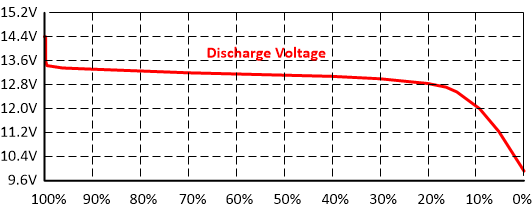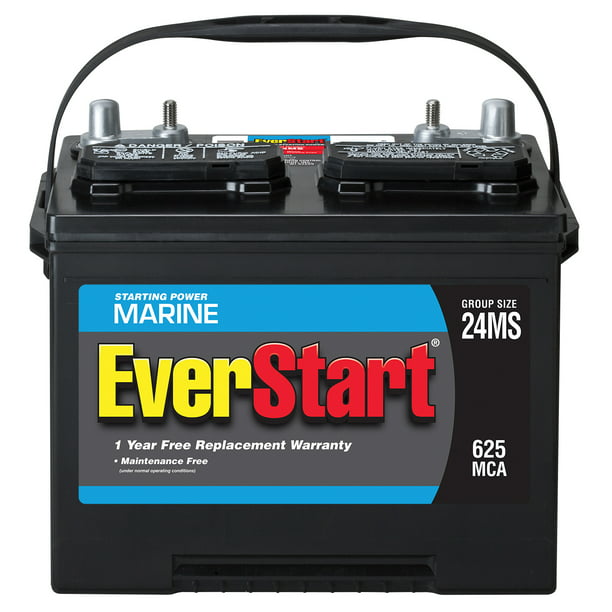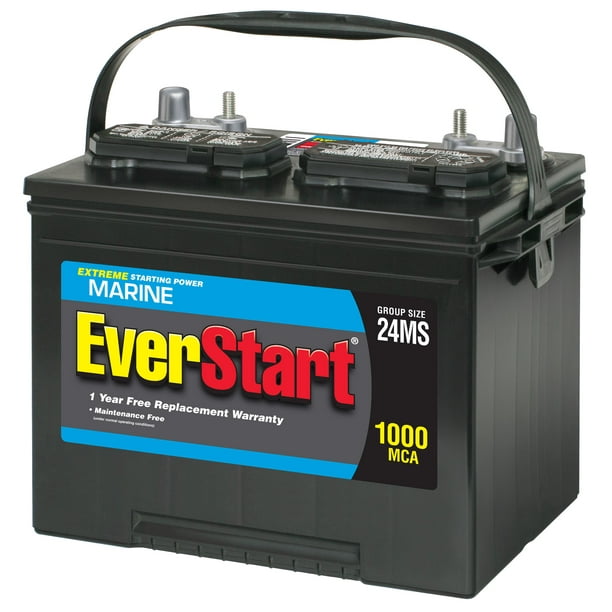NW-Bound
Give me a museum and I'll fill it. (Picasso) Give me a forum ...
- Joined
- Jul 3, 2008
- Messages
- 35,712
Generally, when wiring panels in parallel, you want a close match in voltage.
When wiring in series, you want a close match in current.
The question of course is when you have a bad mismatch, what will the penalty be.
I just glanced through the article. Some of the combinations that he shows will not be quite as simple as he explains. It depends on how the MPPT controller looks for the optimal operating point. Many just latch on to a local maximum point of I vs V, while a few do a complete sweep.
When wiring in series, you want a close match in current.
The question of course is when you have a bad mismatch, what will the penalty be.
I'm new to this, but I found this article explaining different setups of panels and how adding a low watt panel to existing panels can actually lower the total output.
https://solarpanelsvenue.com/mixing-solar-panels/
I just glanced through the article. Some of the combinations that he shows will not be quite as simple as he explains. It depends on how the MPPT controller looks for the optimal operating point. Many just latch on to a local maximum point of I vs V, while a few do a complete sweep.
Last edited:



